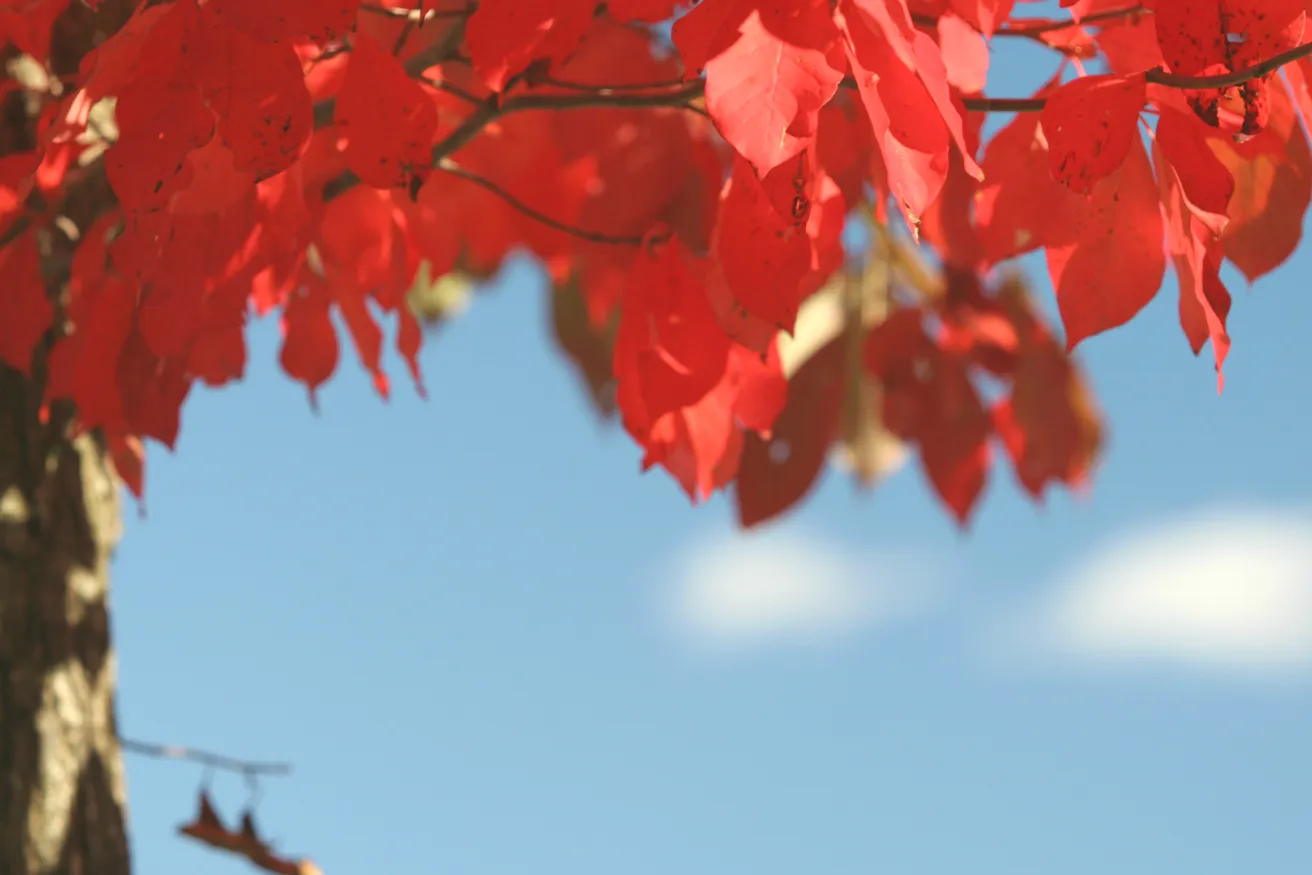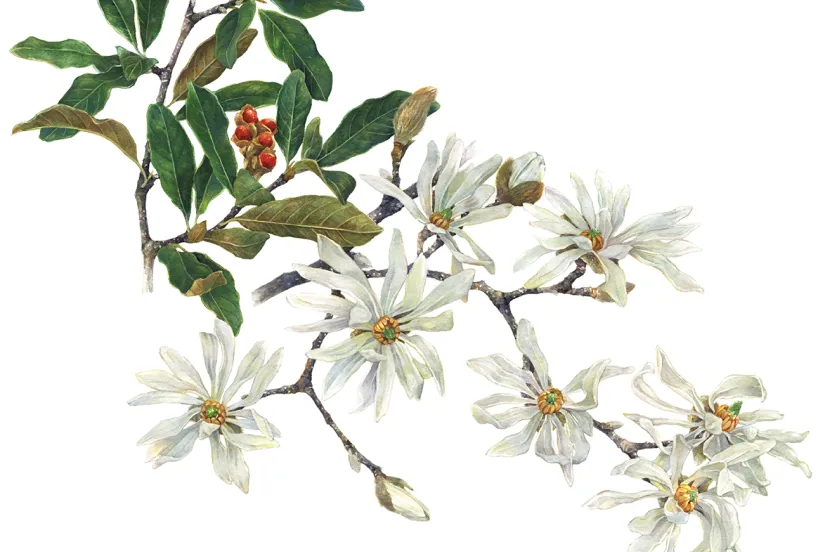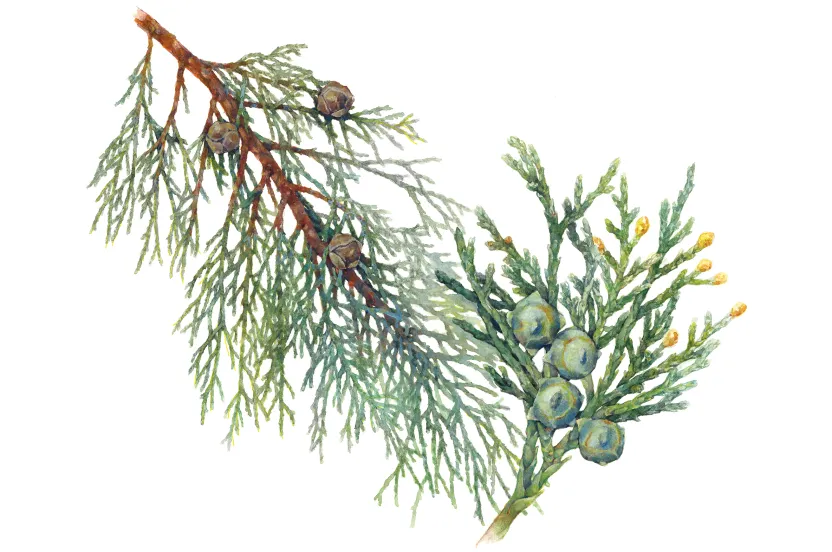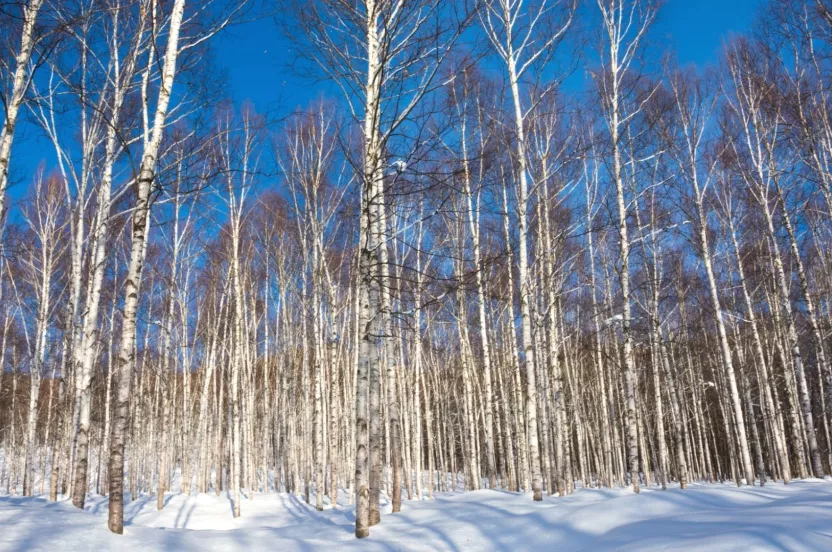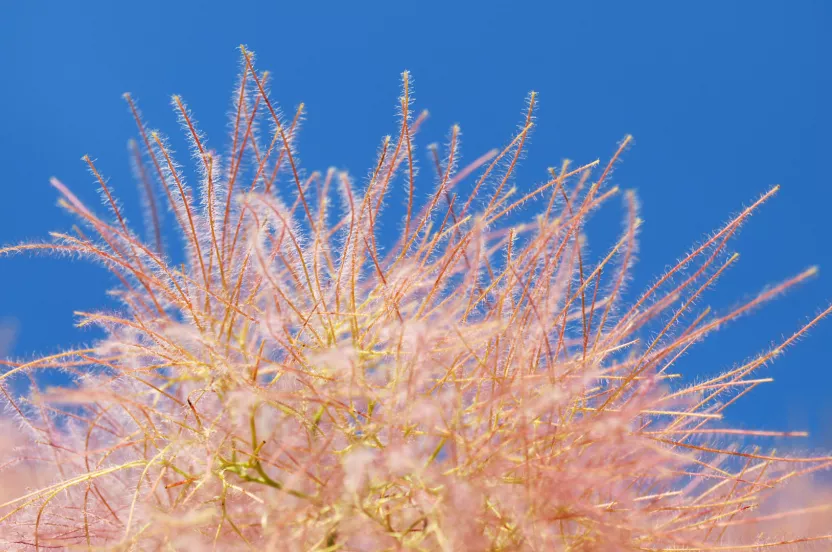Celebrate Arbor Day with 15% off our shop and nursery. Use code LETSGROW. SHOP NOW
Nyssa sylvatica
Nyssa—the scientific name of the tree—refers to the Greek water fairy, while the specific epithet sylvatica translates to “of the woods.” It’s said the tree was derived from Greek to mean “tree of the swamp.” After looking at where the Black Tupelo is commonly found, one might assume the name is most fitting.
You may be familiar with one of the numerous other names the tree goes by, including gum tree, sour gum, bowl gum, yellow gum and tupelo gum. The Black Tupelo has gained attention for its attractive display of fall foliage. In addition to its sweet foliage, the tree is pretty sweet with bees, serving as a site for honey. So if you’re planting trees for bees, add this to your list.
Here are a few things to note if you’re considering adding one to your yard.
Environmental Conditions
- Does best in moist, rich, sandy, silty and well drained soils (hardiness zones 4-9).
- Slow to medium growing tree, growing up to two feet a year and 30-50 feet at maturity.
- Prefers full sun but will tolerate partial shade.
Physical Attributes
- Produces small blue-back berries (or drupes) that some consider litter, popular among birds and other wildlife.
- Bonus: Bees are attracted to the berries and produce nectar and/or pollen, giving them nutrition in the spring. Bees are more likely to produce a light and mild-tasting honey when combined with other Tupelo species.
- Has a unique bark resembling alligator hide.
- Has deep, glossy green leaves that change to bright shades of yellow, orange, bright red, purple and scarlet in the fall.
Tag us in a photo of your Black Tupelo!
